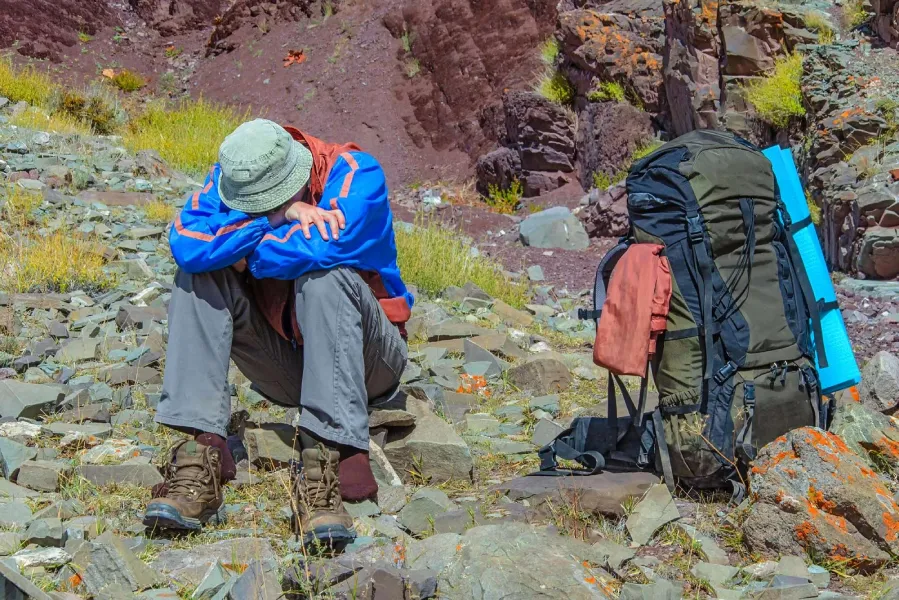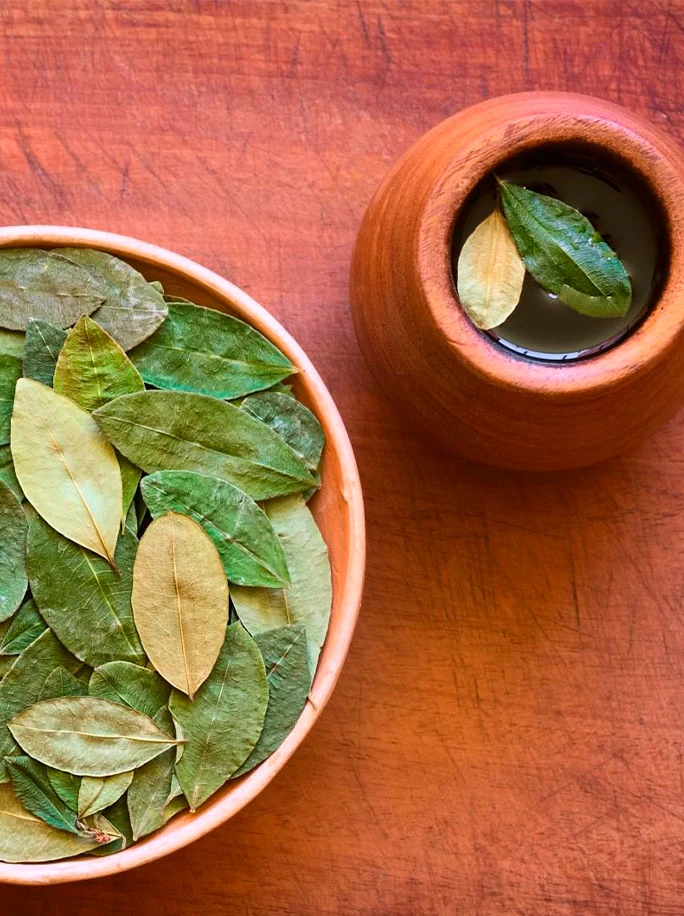Hello! Click on one of our members below to chat on Whatsapp
Altitude sickness, also known as acute mountain sickness (AMS), occurs when your body struggles to adjust to the reduced oxygen levels at higher altitudes. It’s common above 8,000 feet (2,400 meters), but some individuals are sensitive to lower altitudes. Symptoms can range from mild to severe and include headache, nausea, fatigue, and difficulty sleeping. In severe cases, it can lead to high-altitude pulmonary edema (HAPE) or high-altitude cerebral edema (HACE), which can be life-threatening.

Let’s start by looking at what high altitude means. High altitude starts to have an effect on our bodies from between 1,500m – 2,000m (4921ft – 6561ft). Our bodies start to react differently to make up for the changes in oxygen levels.
So, as you go higher the air pressure gets lower (the air gets ‘thinner’) so that for every breath there will be less oxygen for your body. Your body gradually adapts to getting less oxygen. You breathe faster and deeper and the body produces more red blood cells to carry oxygen molecules. This takes time, so this is why if you go from low to high altitude too quickly, you may feel symptoms of altitude sickness until your body acclimatizes.
Cusco is located at an altitude of 3,400 meters (11,200ft). It is common for many visitors to experience some mild symptoms of altitude sickness or ‘soroche’ as it is known locally. It’s hard to tell if you will be affected by altitude sickness, Some people can be more susceptible than others regardless of age, sex or physical condition.
Before your trip, use these tips to help your body better handle high altitudes:
Improve your aerobic fitness beforehand: Activities like running, swimming, or hiking improve cardiovascular efficiency, helping your body use oxygen better in high-altitude conditions.
Build strength: Focus on leg and core exercises to prepare for treks like the Salkantay, which require endurance.
Stay hydrated: Start hydrating a few days before your trip, as higher altitudes will require your body to use more water.
At 3,400 meters (11,152 feet), Cusco is significantly higher than most travelers are accustomed to. Altitude sickness can strike quickly, especially if you fly directly to Cusco from a lower elevation. Symptoms often include:
Acclimatization Tip: Arriving by bus from lower elevations (like Arequipa) allows for a gradual ascent, reducing the risk of altitude sickness. If you fly directly, take extra precautions during your first 24–48 hours in Cusco.
** The best place to get used to the altitude is the Sacred Valley; Ollantaytambo.

Cusco isn’t your only option for adjusting to the altitude. The Sacred Valley is located at 2,800 meters (9,186 feet), which is notably lower. For many travelers, spending the first day or two on a Sacred Valley tour or on a Machu Picchu tour (lower altitude at 2,430 meters/7,972 feet) helps the body adjust much better.
** Recommened Hotel at Ollantaytambo; Andenes del Inca Hotel
When you arrive in Cusco, take it slow. Here’s how to adjust smoothly:
Discover why thousands of people around the world trust us to explore the best of Peru.
Couples
Trip to Rainbow mountain. First to the mountain thanks to Yair’s expert driving and special thanks to Cristian for being my guide. Highly recommend!
Written July 2, 2025
Family
We had an incredible experience hiking the Inca Trail with Ray as our guide. Ray was amazing. He was super knowledgeable about the history of the Incas, and he brought that history to life. We visited three larger sites, and several smaller ones that we arrived at by foot deep in the Peruvian jungle. Ray's was an incredible, passionate, and experienced guide, and also just a great person we are lucky to have met. I also have to mention Moses, our porter who made an amazing lunch and hiked it up to our resting spot 2000 ft above the Urambamba River to Wiñaywayna.
Written July 4, 2025
Family
Did the short inca trail through sam travel and it was an unforgettable experience. Hiking from the train to the Sun Gate with its beutiful views of macchu piccu was incredible. Our guide, Ray, was extremely knowledgeable, passionate, and always positive. At every location and along the way he had fascinating information to share and no question went unanswered.
Written July 4, 2025
Family
We had a great experience with our guide Cristian during our visit to the Sacred Valley and Machu Picchu. He shared clear and detailed explanations, with a fascinating historical narrative that helped us truly connect with the places we explored. I learned so much thanks to him. The atmosphere was also really positive and friendly throughout the tour. Highly recommended!
Written June 26, 2025